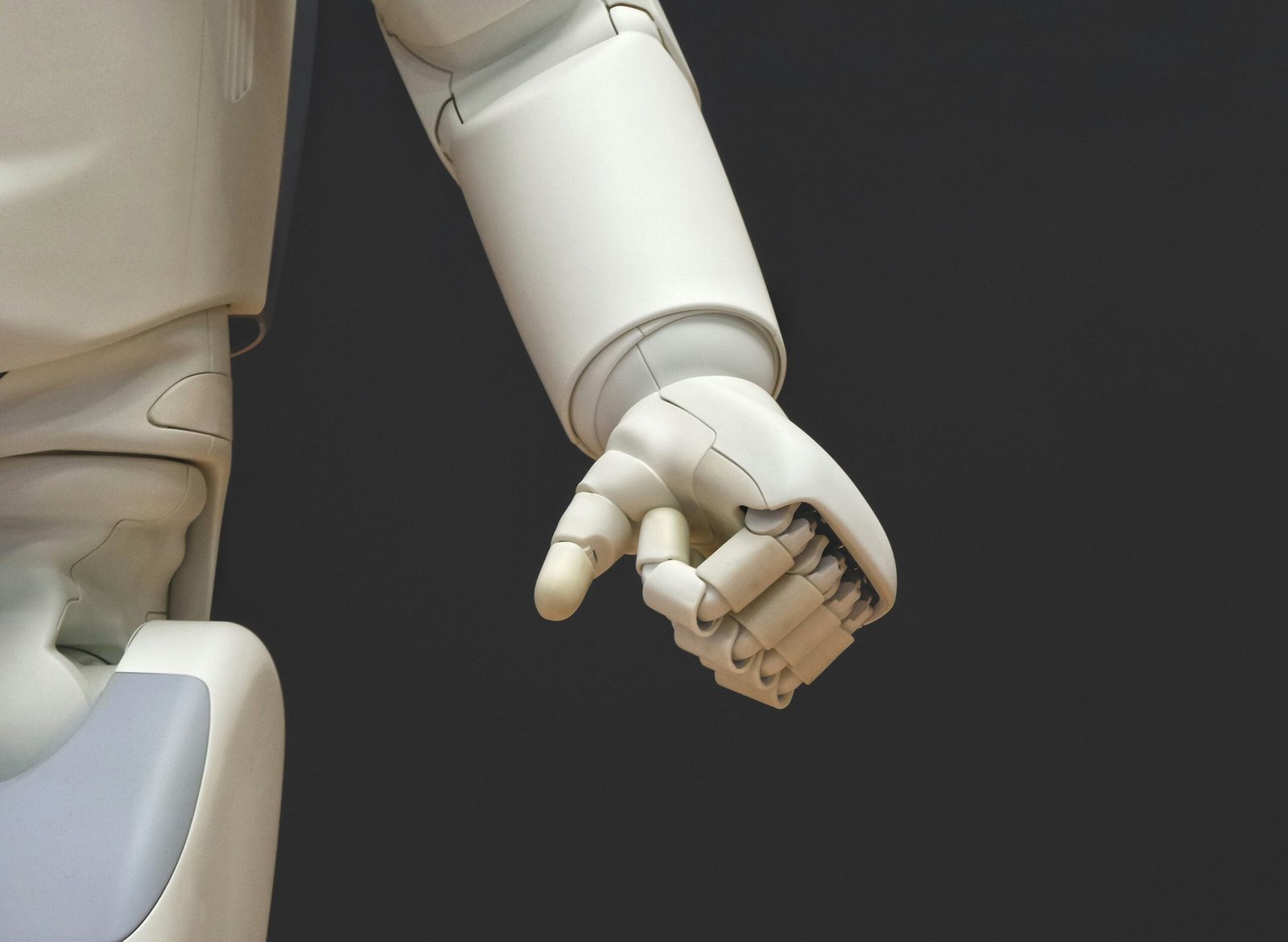Humanoid Robots: Progress and Challenges in AI-driven Robotics

Humanoid robots have long been a fascination for science fiction enthusiasts, but recent advancements in artificial intelligence (AI) have brought them closer to reality. These robots, designed to resemble and interact with humans, hold great promise in various fields, including healthcare, manufacturing, and entertainment. However, their development also poses significant challenges that need to be addressed. In this article, we will explore the progress made in AI-driven humanoid robotics and the challenges that lie ahead.
Progress in AI-driven Humanoid Robotics
Over the past decade, significant progress has been made in the development of AI-driven humanoid robots. These robots are equipped with advanced sensors, actuators, and AI algorithms that enable them to perceive and interact with their environment in a human-like manner.
One area where humanoid robots have shown great potential is healthcare. They can assist in patient care, providing companionship to the elderly, and helping with tasks such as medication reminders and physical therapy exercises. Humanoid robots can also be used in hazardous environments, such as disaster zones, where they can perform tasks that are too dangerous for humans.
In manufacturing, humanoid robots can work alongside humans, enhancing productivity and efficiency. They can perform repetitive tasks with precision and accuracy, freeing up human workers to focus on more complex and creative aspects of production. These robots can also be programmed to learn new tasks, adapt to changing environments, and collaborate with human colleagues.
Furthermore, humanoid robots have made significant strides in the field of entertainment. They can entertain audiences with their lifelike movements, facial expressions, and interactive capabilities. From theme parks to movie sets, humanoid robots are becoming a common sight, captivating audiences and providing unique experiences.
Challenges in AI-driven Humanoid Robotics
While the progress in AI-driven humanoid robotics is impressive, there are several challenges that researchers and developers need to overcome.
One of the main challenges is achieving natural and fluid movements. Humanoid robots need to move in a way that is indistinguishable from human movements. This requires advanced control algorithms and sophisticated mechanical designs. Additionally, the robots need to be able to adapt to different environments and handle unexpected situations, which requires robust AI capabilities.
Another challenge is ensuring the safety and ethical use of humanoid robots. As these robots become more autonomous and capable of making decisions, it is crucial to establish guidelines and regulations to prevent misuse. Safety measures need to be implemented to prevent accidents and protect both the robots and the humans they interact with.
Furthermore, there is a need for improved human-robot interaction. Humanoid robots should be able to understand and respond to human gestures, facial expressions, and verbal cues. Natural language processing and computer vision technologies play a crucial role in enabling effective communication between humans and robots.
Lastly, the cost of developing humanoid robots remains a significant challenge. The advanced technologies and components required for humanoid robots can be expensive, limiting their accessibility and widespread adoption. Finding cost-effective solutions without compromising on performance is a key area of focus for researchers and developers.
The Future of AI-driven Humanoid Robotics
Despite the challenges, the future of AI-driven humanoid robotics looks promising. As technology advances and becomes more affordable, we can expect to see humanoid robots becoming more prevalent in various industries.
Advancements in AI algorithms and machine learning will enable humanoid robots to learn and adapt more efficiently. They will become more autonomous, capable of performing complex tasks without constant human supervision. This will lead to increased efficiency and productivity in industries such as healthcare, manufacturing, and entertainment.
Moreover, the integration of AI-driven humanoid robots with other emerging technologies, such as virtual reality and augmented reality, will open up new possibilities. Imagine a future where humanoid robots can provide immersive experiences, helping us explore virtual worlds or enhancing our daily lives with augmented reality applications.
In conclusion, AI-driven humanoid robots have made significant progress in recent years, with applications ranging from healthcare to manufacturing and entertainment. While challenges such as achieving natural movements, ensuring safety and ethical use, improving human-robot interaction, and reducing costs exist, the future holds great potential. As technology continues to evolve, we can expect humanoid robots to become an integral part of our lives, revolutionizing industries and enhancing human experiences.







Skapa personligt konto
February 1, 2024I don’t think the title of your article matches the content lol. Just kidding, mainly because I had some doubts after reading the article.